
How to Use Adafruit STEMMA Speaker: Examples, Pinouts, and Specs
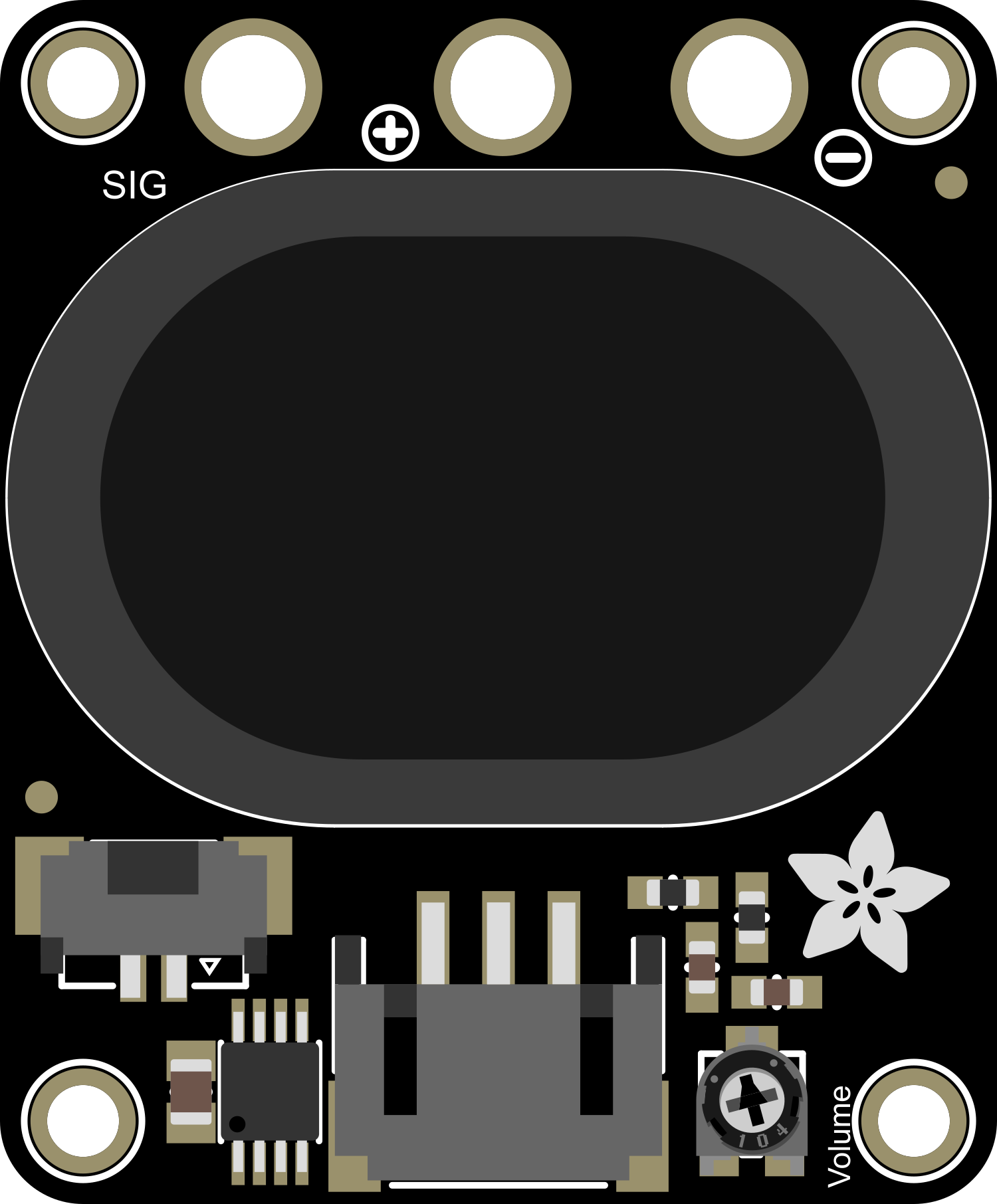
 Design with Adafruit STEMMA Speaker in Cirkit Designer
Design with Adafruit STEMMA Speaker in Cirkit DesignerIntroduction
The Adafruit STEMMA Speaker is a small, versatile speaker module that allows for easy audio output integration into various electronic projects. It is designed to be user-friendly and is compatible with a wide range of microcontrollers, including the popular Arduino platform. This speaker is ideal for projects that require sound notifications, simple music playback, or audio feedback to the user.
Explore Projects Built with Adafruit STEMMA Speaker
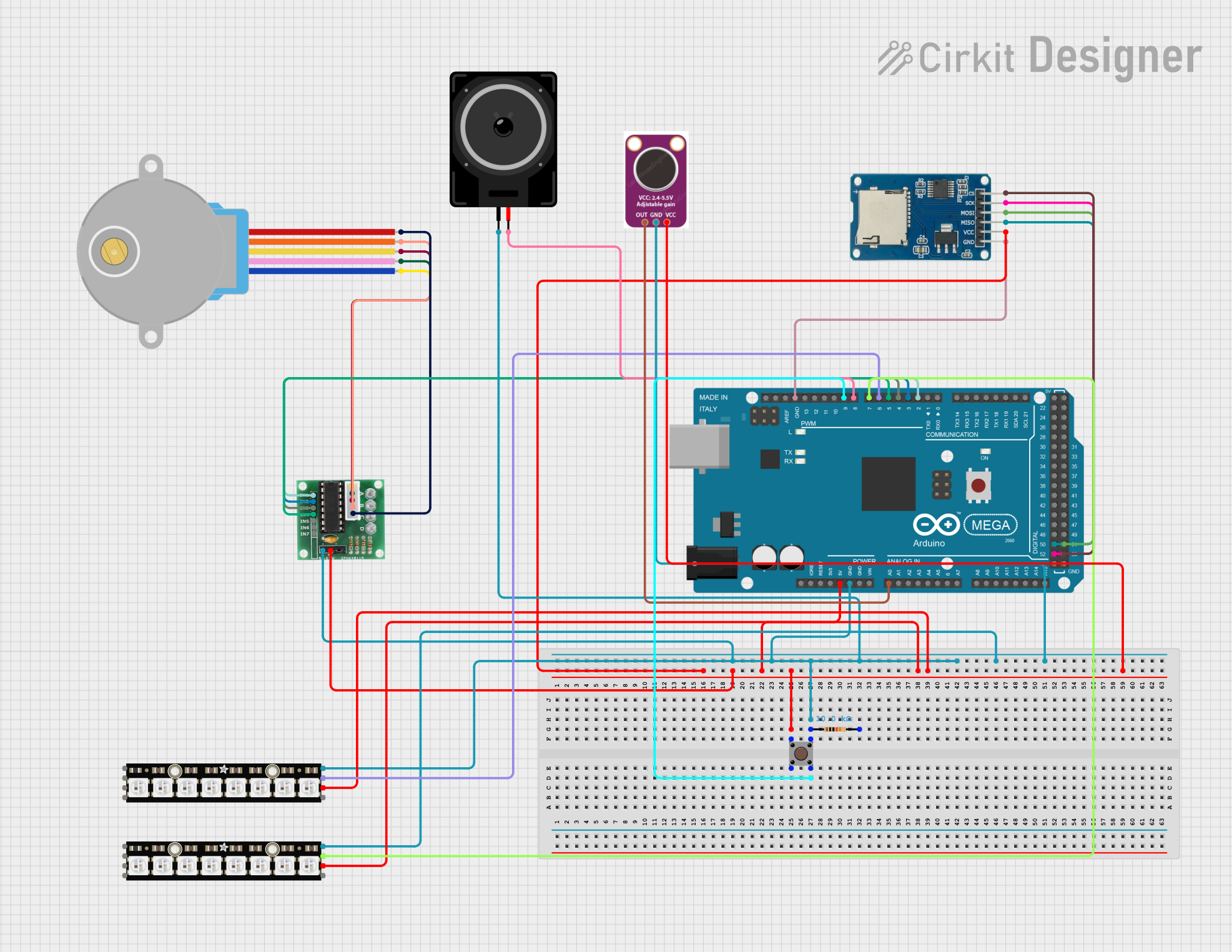
 Open Project in Cirkit Designer
Open Project in Cirkit Designer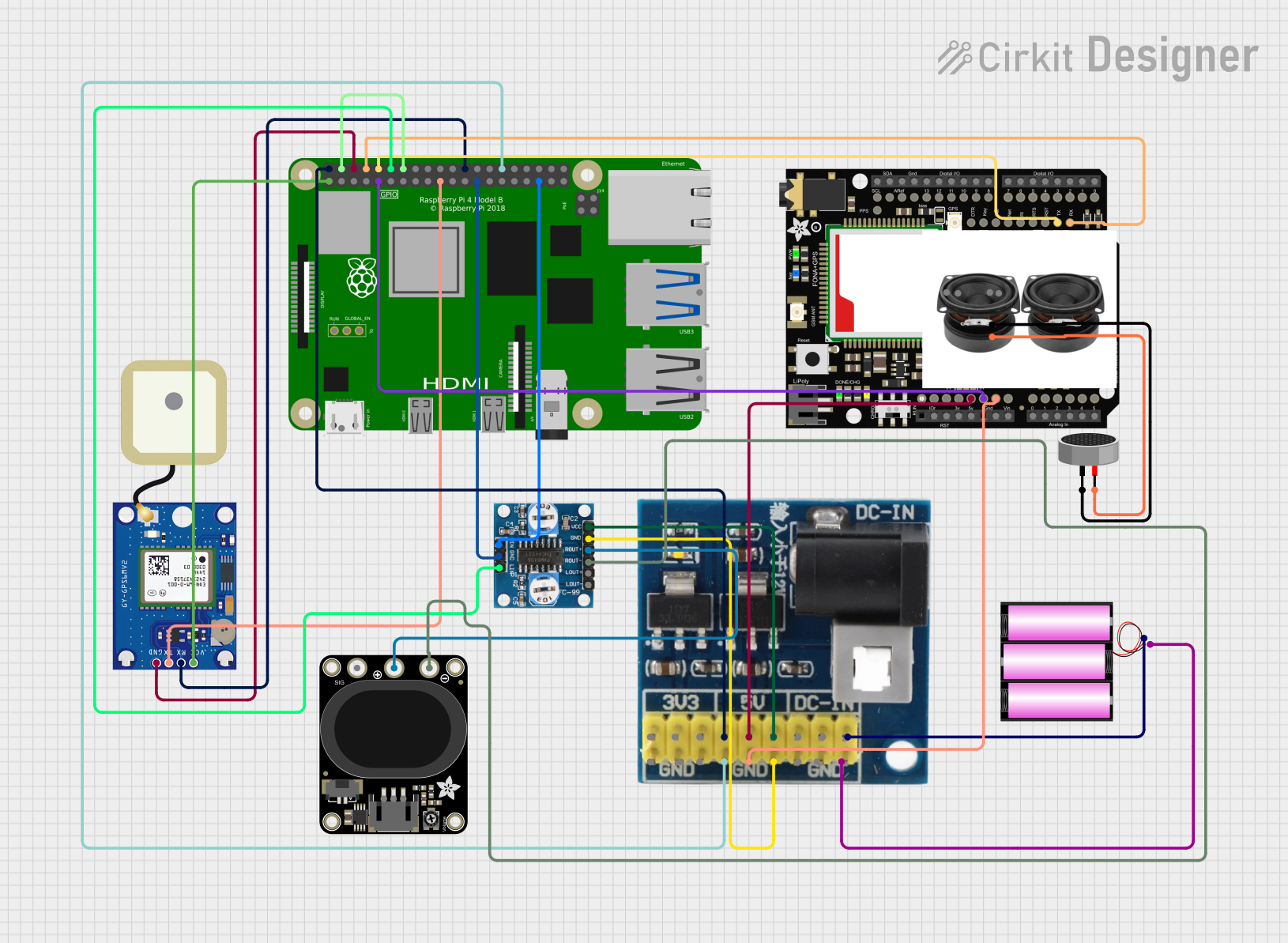
 Open Project in Cirkit Designer
Open Project in Cirkit Designer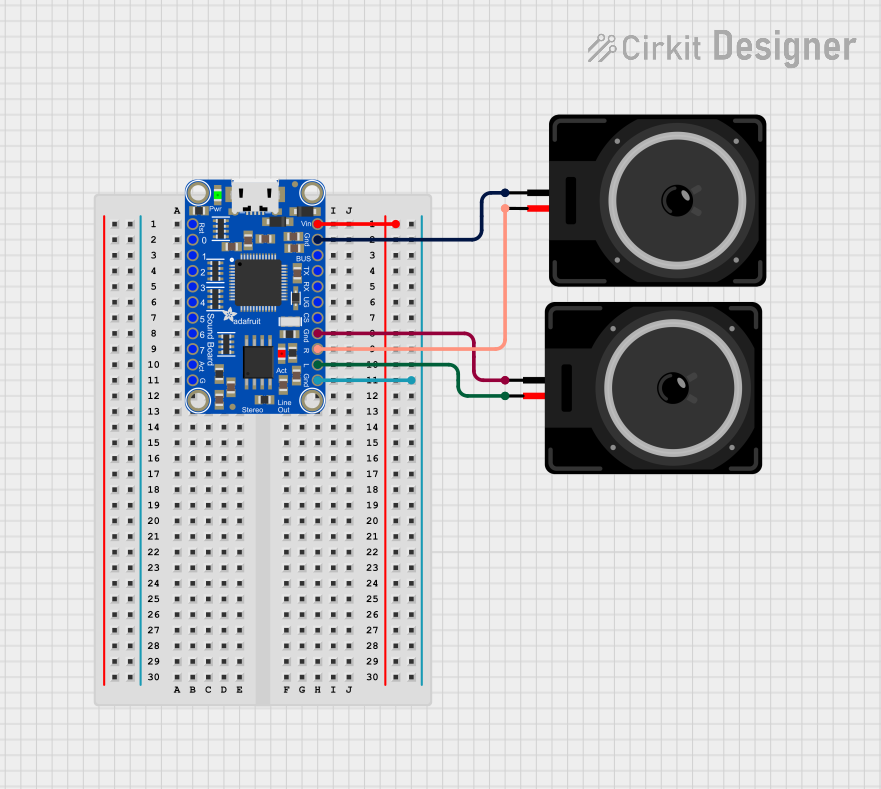
 Open Project in Cirkit Designer
Open Project in Cirkit Designer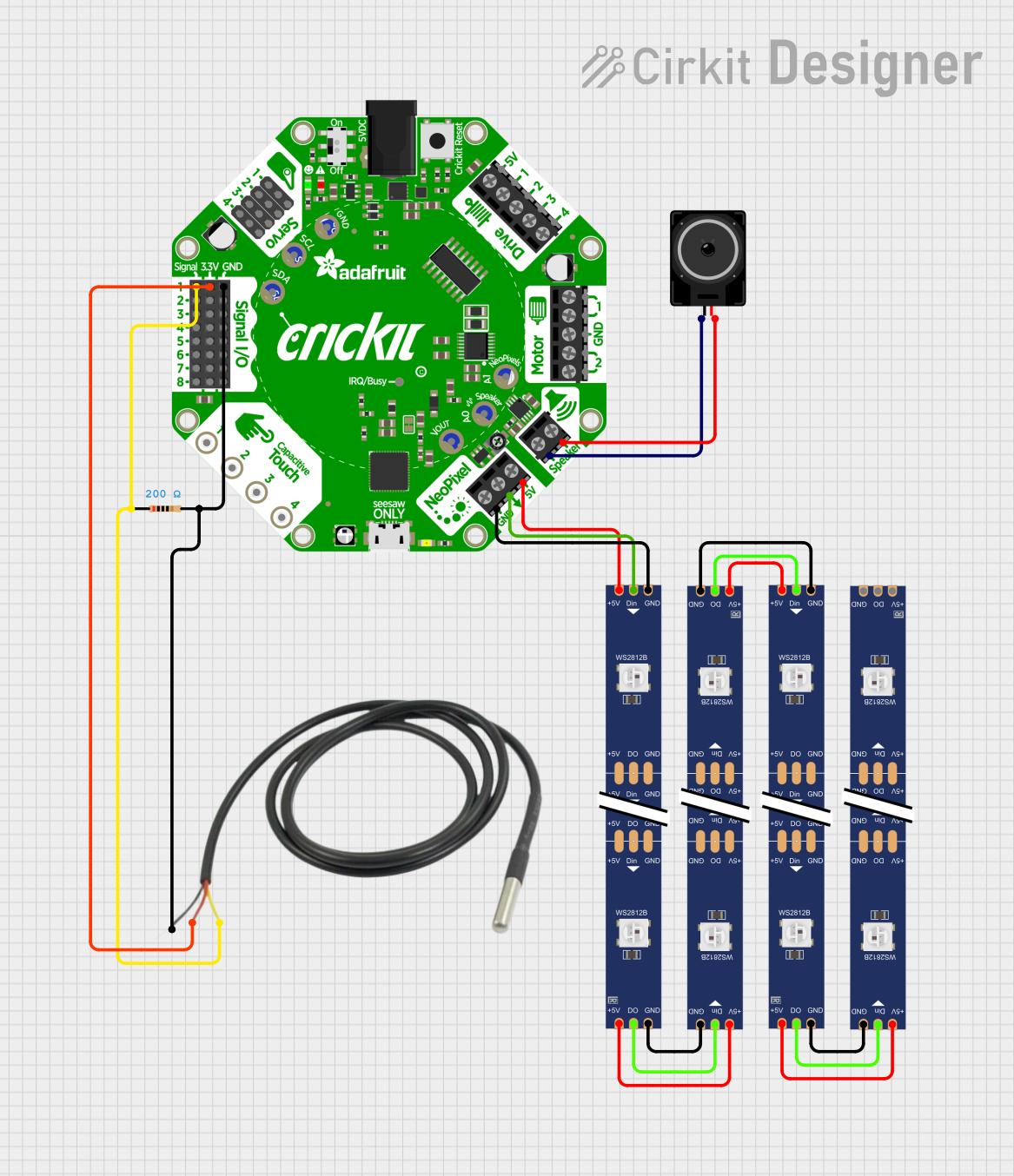
 Open Project in Cirkit Designer
Open Project in Cirkit DesignerExplore Projects Built with Adafruit STEMMA Speaker

 Open Project in Cirkit Designer
Open Project in Cirkit Designer
 Open Project in Cirkit Designer
Open Project in Cirkit Designer
 Open Project in Cirkit Designer
Open Project in Cirkit Designer
 Open Project in Cirkit Designer
Open Project in Cirkit DesignerCommon Applications and Use Cases
- Educational projects
- DIY game consoles
- Interactive art installations
- Sound effects for models or toys
- Audio alerts for sensors and monitoring systems
Technical Specifications
Key Technical Details
- Rated Power: 1 Watt
- Impedance: 8 Ohms
- Operating Voltage: 5V DC
- Sound Output: 78-81dB at 10cm
- Frequency Response: 200Hz - 15kHz
Pin Configuration and Descriptions
| Pin Number | Name | Description |
|---|---|---|
| 1 | VCC | Connect to 5V power supply |
| 2 | GND | Connect to ground |
| 3 | IN | Audio signal input |
| 4 | NC | No connection (reserved for future use) |
Usage Instructions
How to Use the Component in a Circuit
- Power Connections: Connect the VCC pin to a 5V power supply and the GND pin to the ground of your circuit.
- Audio Input: Connect the IN pin to a PWM-capable digital pin on your microcontroller.
- Mounting: Secure the speaker in your project enclosure, ensuring that the speaker's front is unobstructed for clear sound output.
Important Considerations and Best Practices
- PWM Frequency: Use a PWM frequency within the speaker's frequency response range (200Hz - 15kHz) for optimal sound quality.
- Volume Control: To control the volume, adjust the duty cycle of the PWM signal.
- Avoid Overpowering: Do not exceed the rated power and voltage specifications to prevent damage to the speaker.
Example Code for Arduino UNO
#include <Arduino.h>
const int speakerPin = 9; // Connect the IN pin of the speaker to digital pin 9
void setup() {
pinMode(speakerPin, OUTPUT);
}
void loop() {
// Play a tone on the speaker for 1 second
tone(speakerPin, 440); // A4 note, 440 Hz
delay(1000); // Wait for 1 second
noTone(speakerPin); // Stop the tone
delay(1000); // Wait for 1 second
}
Troubleshooting and FAQs
Common Issues
- No Sound Output: Ensure that the speaker is properly powered and that the audio input is connected to a PWM-capable pin.
- Distorted Sound: If the sound is distorted, check if the PWM signal is within the frequency response range and adjust the duty cycle for volume control.
- Low Volume: Increase the duty cycle of the PWM signal to increase the volume, but do not exceed the speaker's power rating.
Solutions and Tips for Troubleshooting
- Check Connections: Verify that all connections are secure and correct.
- Test with a Simple Tone: Use the
tone()function in Arduino to generate a simple tone to test the speaker functionality. - Power Supply: Ensure that the power supply is stable and capable of delivering sufficient current.
FAQs
Q: Can I use the Adafruit STEMMA Speaker with a 3.3V microcontroller? A: Yes, but the volume may be lower compared to using a 5V supply.
Q: Is it possible to play complex sounds or music? A: The speaker can play simple tones and melodies, but it is not suitable for high-fidelity audio playback.
Q: How can I extend the cable for the speaker? A: Use a 3-wire extension with matching connectors, ensuring that the wire gauge can handle the current without significant voltage drop.